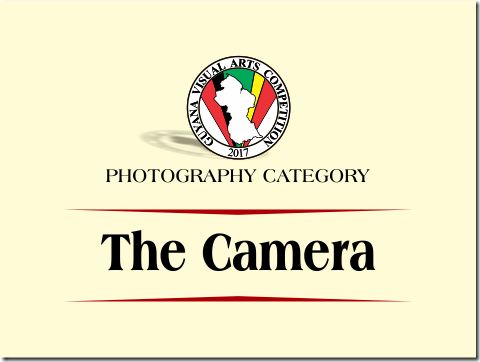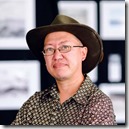It’s important to remember that this is not a photography competition, but an Art Competition, but with Photography being a category, the judges are not photographers (not likely, anyway), they will not care about the camera used, nor the details of digital vs film, or the amount of megapixels, they are only concerned with what is presented to them visually.
Today, it is almost inevitable that we have some sort of device on us that can capture an image; whether you still shoot film, have an early digital camera (which probably never amounted to a megapixel), own the latest DSLR, a mirrorless camera, a point-and-shoot, a tablet or a phone, or, for that matter, Snapchat Spectacles or Google Glass, the device is less important that the image produced. You can use any capture device for photography, its what you do with it that matters.
Know your camera, know its limitations, and work within them to effectively convey what it is you wish to express. I’ve been doing an Instagram project myself over the last two years, much to my own delight, and there is something liberating about using a cellphone to capture, process and share an image. The thing to remember about all the varieties of capture devices is not only the technical limitations of capturing, but the final size limitation of the image to be printed. I often print my Instagram images at about 5 inches square, although I have also printed some at 15 inches square.
Size Matters. I’ll discuss this a bit more when I touch on Printing in a later post, but in this instance I want to stress the limitations of the camera. Megapixels might not matter to the judge, but it should to you, the photographer, smaller devices (and older devices) such as point-and-shoot cameras, cell-phones and tablets, generally have lower mega-pixels, but what they also have are smaller sensor sizes, which also affects the quality of the photo; read up on your device’s properties a bit, just to be familiar, but remember that not because you want a photo to be impressive that you have to print it large; Printing larger than the image should go will only reveal in the final print the limitations of the original image, and you may end up with pixellation of the images and loss of sharpness.
In the past it has been the habit of photographers to print their pieces as large as they could, but I can tell you that one of the pieces I remember vividly from 2012 was a small print by Jamila Huntley, a very good image, and the photographer either knew the limitations or happened to print it at just about the right size, for even at that size, I could see that printing larger would have been a mistake.
Some images are meant to be printed large, others to be small; even images taken with a high resolution camera don;t have to be printed to the largest possible size, the effectiveness of an image is not simply size, it is in its content and composition, keep those in mind first, and the limitations of the image size second, this will be important when deciding to print.
Michael C. Lam works in Graphic layout for a living, one of his images gained the Bronze medal in the 2012 GVACE, he was shortlisted for the 2014 GVACE, was an exhibiting artist in the Un | Fixed Homeland curated exhibition at Aljira, New Jersey in 2016, and an exhibiting artist at the 2016 VISIONS Curated Exhibition. Some of his work can be seen on his site The Michael Lam Collection






